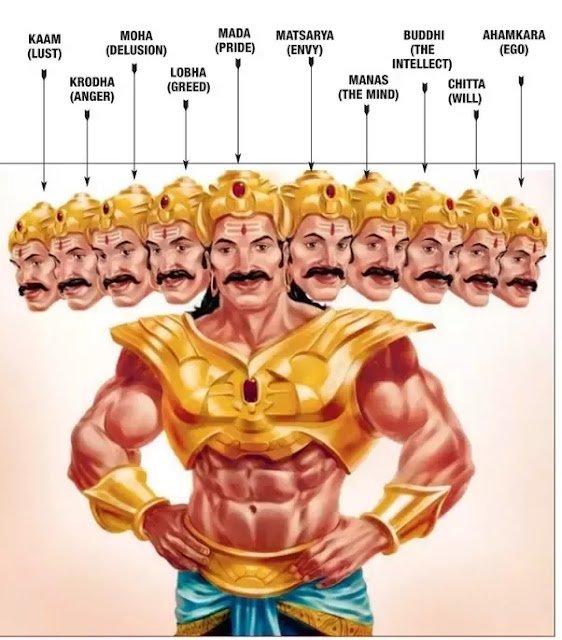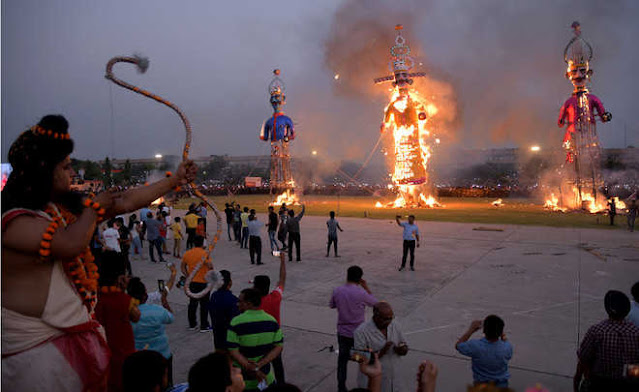An Unbelievable Feat of Ancient India: The Iron Pillar That Endures Time and Nature's Fury Without Rusting
Have you ever seen an iron pillar that is rust-proof?
If you are currently unaware of the existence of an iron pillar that is rust-proof, then you will soon discover its remarkable presence.
The Qutub Minar complex in Delhi, India, is home to one of the most remarkable iron structures in the world - an iron pillar that has withstood the test of time for over sixteen hundred years. The iron pillar, standing tall in the courtyard of the Quwwat-ul-Islam mosque, bears a Sanskrit inscription in the Brahmi script of the Gupta period. The inscription dates back to the fourth century and records that the pillar was set up as a standard (dhwaja) of the god Vishnu on the hill known as Vishnupada, in memory of the mighty king named Chandra. This king is now believed to be identical to Chandragupta II of the imperial Gupta dynasty, who ruled from 375-413 AD.
The iron pillar is a testament to the advanced metallurgical skills of ancient Indians, who manufactured such a massive and durable structure. The shaft is slightly tapering and has a total length of 7.20 meters, of which 93 centimeters is buried below the ground. The metal of the pillar has been found to be almost pure malleable iron, and its portion below the ground shows some signs of rusting, albeit at a very slow rate.
Despite being exposed to the elements for over a millennium and a half, the iron pillar has not deteriorated much, which is a testament to the ancient Indian's mastery of metallurgy. The unique composition of the iron and the peculiar style of its amalaka-capital, which is also assignable to the fourth century, speak volumes about the knowledge and expertise of the ancient Indian metallurgists.
The iron pillar's base is knobby, and small pieces of iron tie it to its foundations, while a lead sheet covers the portion concealed below the present floor level. A deep hole on the top of the pillar indicates that an additional member, perhaps an image of Garuda, was fitted into it to answer its description as a standard of Vishnu.
Interestingly, the iron pillar was brought to its current location from somewhere else, as no other relics from the fourth century are found at the site. There is a bardic tradition that it was brought here by Anangpal, the Tomar king who is credited with founding Delhi, but nobody knows where it was originally located.
















Comments
Post a Comment
If you have any doubts then please let us know. We are pleased to solve your doubts.